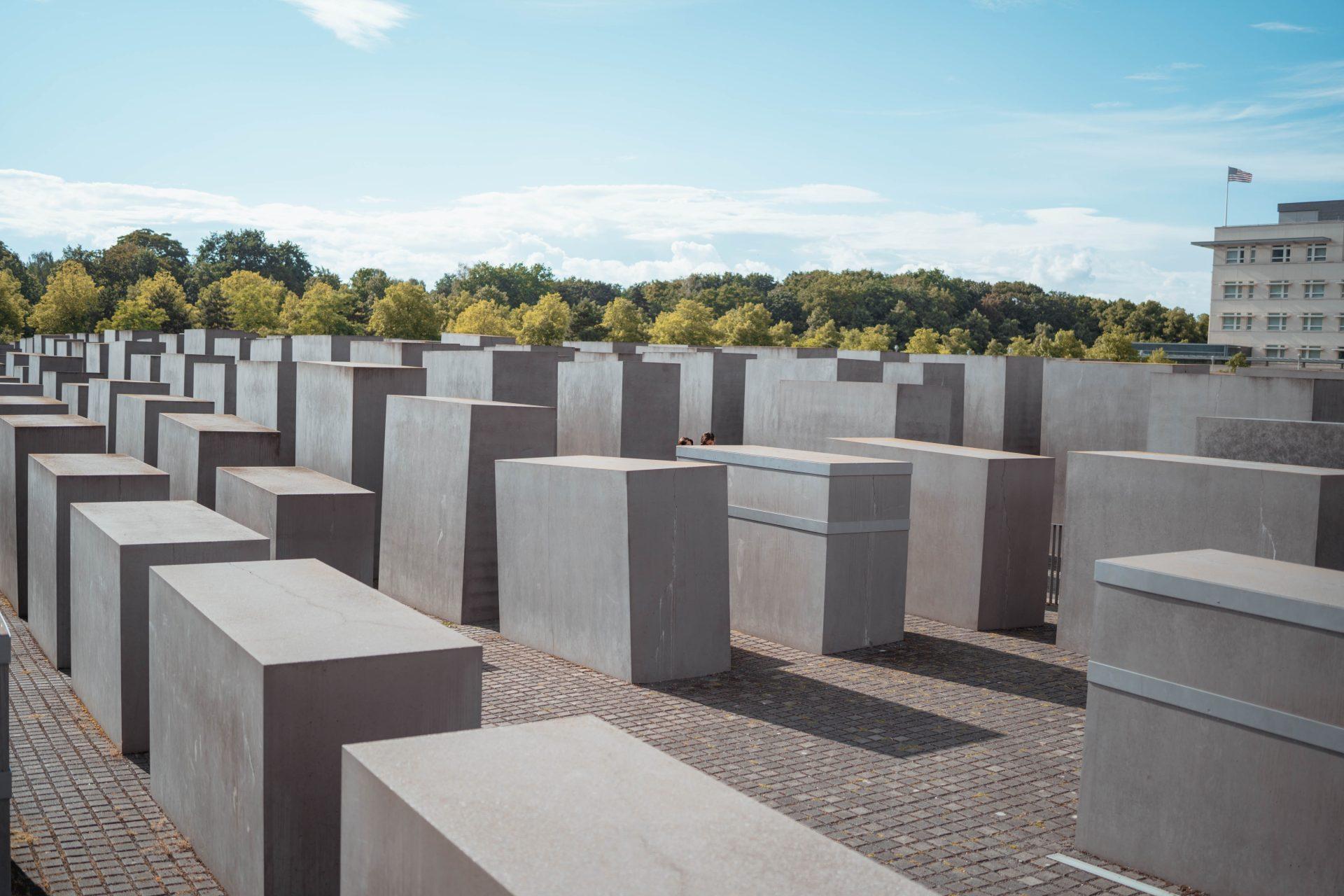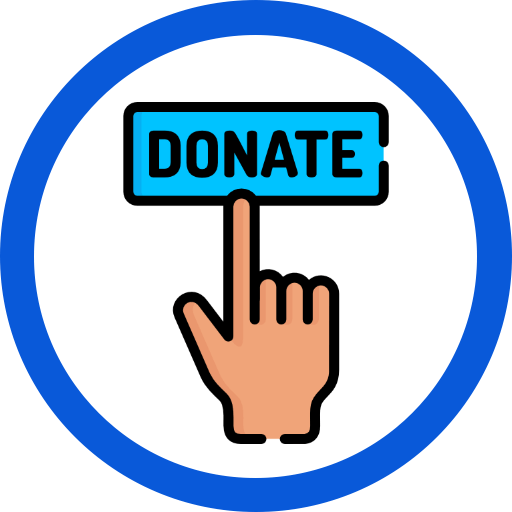International Holocaust Remembrance Day

This International Holocaust Remembrance Day marks a bitter day in Ukraine. Seventy-eight years after the liberation of Birkenau-Auschwitz, the site of some of the Holocaust’s worst massacres is again witness to a campaign of elimination. Holocaust survivors, now elderly and infirm, have again had to flee their homes or else died under bombardment. Even as Russian leaders proclaim their war against “Nazism,” and compare the isolation of Russia to the genocide of Jews during the Holocaust, their forces deploy terror, starvation, and mass killings in their campaign against the Ukrainian people.
The parallels between the full-scale invasion of Ukraine and Hitler’s campaigns are striking and worthy of their place in discussion. Russian leadership launched their war amid a torrent of eliminationist rhetoric. This language, like that of the Third Reich describing Jews, depicts Ukrainians as at once pathetic and omnipotent. In the Russian narrative, Ukrainians are detestable puppets that nonetheless threaten the existence of the Russian state, and perhaps Christendom itself.
Putin’s full-scale invasion comes, as did Hitler’s attack on Poland, as the culmination of a series of unlawful invasions that met little palpable sanction. Certainly, the relative inaction of the international community in response to early acts of aggression emboldened both Hitler and Putin to attempt to take more territory by force. All indications are that Putin expected to blitzkrieg into Kyiv and, presenting a fait accompli, make peace with the international community on his terms, just as he had done in the recent past.
Finally, Russia, like the Third Reich, casts its unprovoked war of aggression as one of existential survival and historical rectification. Whereas Germany waged war in the name of leibensraum—living space for the German people—Russia claims its war is necessary to create a buffer between it and the West. Both Russia and the Third Reich started revanchist wars in response to no imminent threat, meaning to avenge national humiliations and expand their states to territory that is rightly inhabited, from their perspective, by their national groups.
None of this is to detract by comparison from the unique horror of the holocaust. Ukraine was once home to one of the largest Jewish populations in the world, and hundreds of thousands of Roma. During the Holocaust, an estimated 1.5 million of these Jews, and perhaps over a hundred thousand Ukrainian Roma, were killed by Nazis and their collaborators. The deadliest single massacre of the Holocaust happened in Ukraine—at Babyn Yar, Nazis killed 100,000-150,000 Roma, Jews, and prisoners-of-war. The scale of death and destruction wrought during the Holocaust is unmatched.
Indeed, there are many reasons why 2023 is not 1941. Whereas the Holocaust was a time of unprecedented intercommunal violence in Ukraine, now Jews, Roma, and Ukrainians—both Ukrainian and Russian-speaking—stand together against a common threat. Today, perhaps the greatest wartime leader in Ukrainian history is a Jew who lost family in the Holocaust, and whose grandfather fought the Nazis. And, perhaps most importantly, Putin was not, because of the strength and bravery of Ukrainians, able to blitzkrieg into Kyiv and impose his will on the whole of Ukrainian society.
It is an act of monumental forgetfulness and projection that enables Putin to claim to fight Nazis as he draws from Hitler’s playbook. Let International Holocaust Remembrance Day, then, be a day to remember and—as Ukrainians fight and die facing an avowedly genocidal invasion—reflect on what it means to actualize the maxim “never again.”
Note: “To forget a Holocaust is to kill twice” – Elie Wiesel, Holocaust survivor, Nobel Peace Prize laureate, writer and human rights campaigner. Magnum opus: Night (memoir, 1960).
The Holocaust (Shoah) is the systematic murder of six million Jews by the Nazi regime and their allies during the Second World War. Together with the Jewish communities during the 1933-1945 period, other groups were targeted for being perceived as racially and biologically inferior. These included Roma, disabled people, Soviet prisoners of war and homosexuals. Others, intelligentsia, cultural elite, priesthood, Jehovah’s Witnesses, socialists and communists, were targeted for their religious or political beliefs. While most of the victims died in concentration camps such as Auschwitz-Birkenau, many perished at the hands of mobile death squads so-called einsatzgruppen in Poland and Ukraine and others in ghettos like the one in Warsaw and Minsk.
Author: Evan Harary, Juris Doctor, University of Michigan Law School, USA, Fulbright Research scholar, Kharkiv, Ukraine 2021-2022.
Photo Memorial to the Murdered Jews of Europe in Berlin by Nils Lindner on Unsplash

